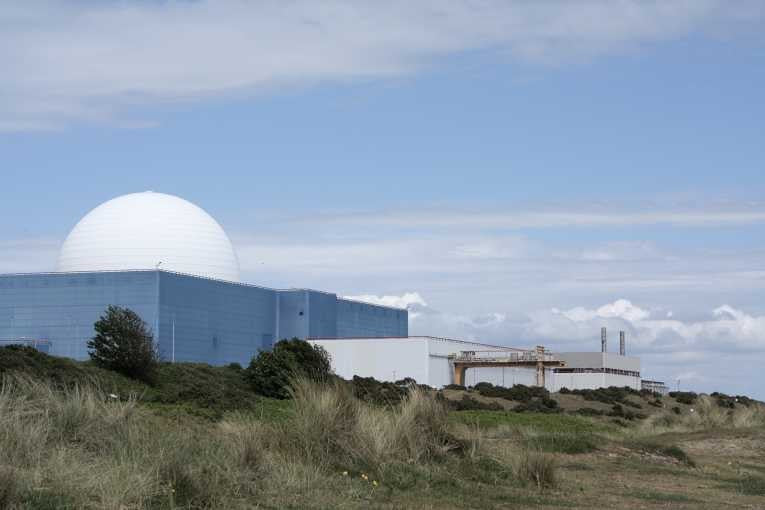Until recently nuclear power has largely been presented as providing a net benefit to the environment. This is in complete contrast to power produced by fossil fuels.
Specifically the benefits of nuclear power have been that:
This all seems wonderful until we come to consider the problem of dealing with the waste. Most waste from nuclear plants will be solid waste, such as spent fuel, plus some process chemicals, steam and heated cooling water. Although the amount of waste is small relative to the amount of electricity that is produced, where it differs from other forms of waste is that this waste is highly radioactive and must be disposed of in a highly specialised way.
Spent nuclear fuel that has recently been removed from a nuclear reactor will continue to generate large amounts of heat as it decays and water will need to be continually pumped over it for at least a year to cool it and prevent it from overheating.
Added to this, neutron radiation is present in nuclear reactors and material that has been exposed to this may become radioactive in its own right, or be contaminated with nuclear waste. Toxic or dangerous chemicals that have been used in the plant's operation will also need to be properly handled and appropriately disposed of.
The safe disposal of spent fuel is the greatest environmental concern of the nuclear power industry. Spent fuel will remain radioactive for many years and its disposal can be very expensive. Much of the spent fuel is buried and this is the favoured option in the US.
Other countries prefer to reprocess spent fuel, but this can only be done at a number of specialised centres. The transport of spent material to these centres must be done with utmost security since a terrorist group could use this waste fuel to make a 'dirty bomb'.
Over the years there have been a string of assurances from the nuclear power industry that safety has a high priority. Safety and performance of reactors has improved and new supposedly safer reactor designs have been proposed, but these are generally untested.
Important things can get overlooked during the design process. When the Japanese power plant at Fukushima was designed, backup systems were built in that would stabilise the plant in the event of an earthquake. Unfortunately nobody considered the possibility that a tsunami would follow the earthquake and wipe out the backup systems.
Nuclear power plants are among the most sophisticated and complex energy systems ever designed and any complex system, no matter how well it is designed or engineered, cannot be deemed failure-proof. When things go wrong the results can be catastrophic.
An operating nuclear reactor contains large amounts of radioactive fission products and in the event of some catastrophe the result can be serious radioactive contamination of soil and vegetation. Humans and animals can ingest it and human exposure at high enough levels can cause illness and death in the short-term, or cancer and other diseases in the longer term
The French Commissariat a l'Energie Atomique (CEA) conducted an assessment and concluded that no amount of technical innovation can eliminate the risk of human errors associated with the operation of nuclear power plants. The two most common mistakes that can lead to accidents are errors made during maintenance and testing, and small accidents coinciding with human errors that cascade into complete failure.
The big safety fear is that a combination of human error and mechanical failure will lead to some malfunction going unnoticed, causing a delay in remedial action being taken, resulting in a catastrophic event.
Reactors can fail in a variety of ways. Instability of the nuclear material can generate unexpected behaviour and this can result in an uncontrolled power excursion. The cooling system in the reactor is designed to be able to handle the excess heat that is generated, but should the reactor experience a loss-of-coolant at the same time, everything can overheat and melt. This is known as a meltdown.
In the Chernobyl disaster of 1986, a meltdown generated so much pressure inside the reactor vessel that there was a steam explosion, resulting in vast amounts of radioactive ash being blown into the atmosphere.
In the last 50 years there have been a number of other accidents of various levels of seriousness, but in spite of universal concern, studies have shown that during this period nuclear energy has generated far fewer deaths than the high pollution levels that result from the use of conventional fossil fuels.
Advocates of nuclear power are keen to point out its advantages, and of course there are many. It is also suggested that building more nuclear power stations would reduce their unit cost. However, the big problem would then be, how do you dispose of all that extra waste?










